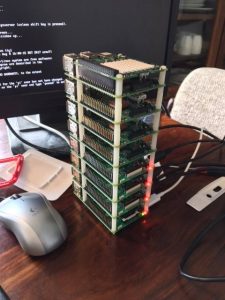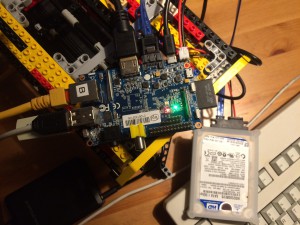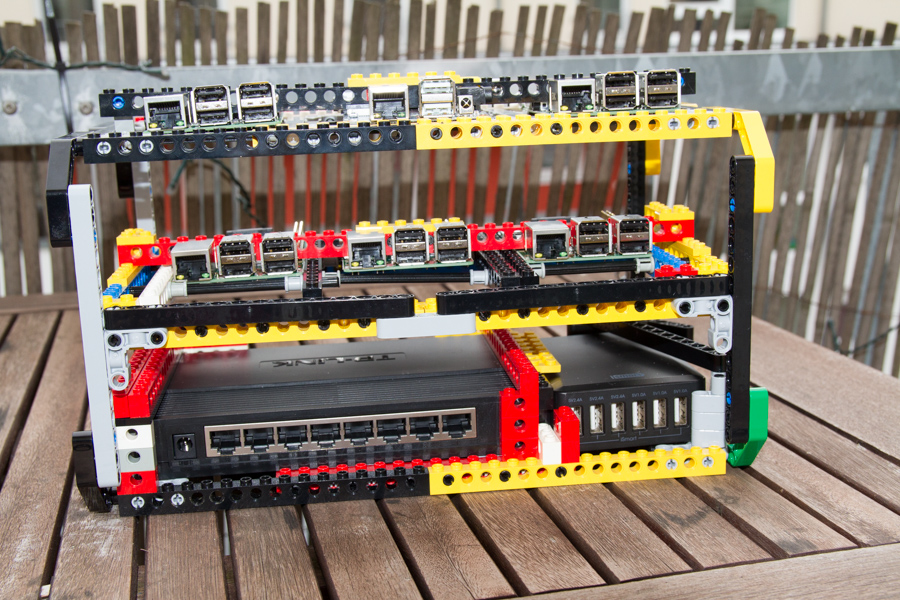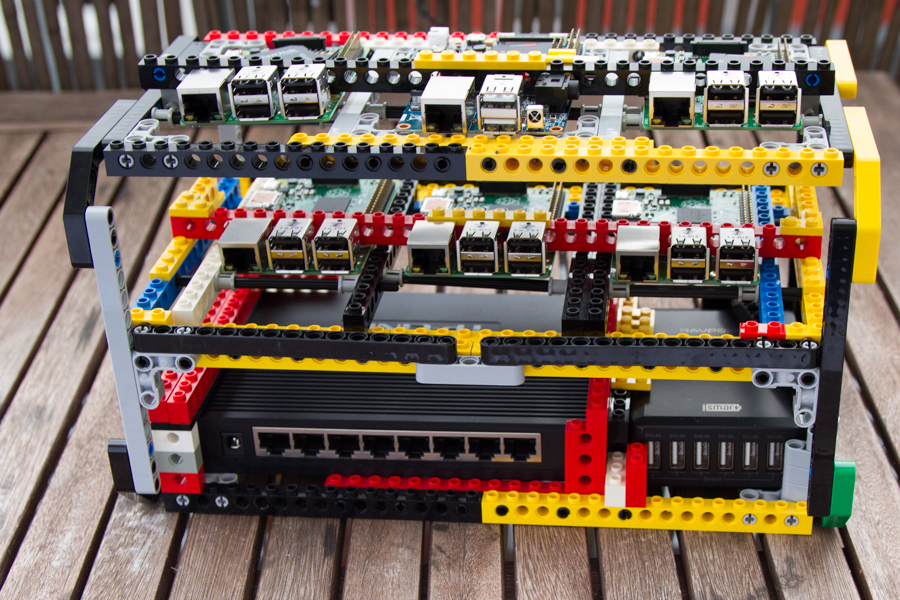Fortnite zeitweise blockieren
Ich wurde von Freunden gebeten, eine Lösung für das temporäre Blockieren von Fortnite zu geben, um ihren Kindern a) die Möglichkeit zum Spielen zu geben, aber b) auch eine zeitliche Vorgabe wirksam umsetzen zu können.
Hier möchte ich kurz beschreiben, wie ich das umgesetzt habe. Hinweis: Leider eignet sich das Skript (noch) nicht dazu, eine Spielbeschränkung hart durchzusetzen. Das Betriebssystem cached DNS-Lookups, so dass auch nach dem Ende der Spielzeit, wenn die URL wieder auf der Blacklist steht, keine Spielunterbrechung stattfindet.
Schritt 1: Ein Pi-Hole auf einem Raspberry Pi 4 wird als DNS Server im Netzwerk eingerichtet. Der Raspi 4 war bereits vorhanden, alternativ hätte es auch ein älteres Modell getan.
Zur Installation von Pi-Hole siehe beispielsweise https://www.youtube.com/watch?v=ubzd2H1wZxE oder https://www.heise.de/tipps-tricks/Pi-Hole-auf-dem-Raspberry-Pi-einrichten-so-geht-s-4358553.html.
Schritt 2: Eine Web-Anwendung mit Flask bauen. Flask ist ein Python-Framework für Web-Applikationen, mit dem man recht schnell zu guten Ergebnissen kommt. Wir legen die folgende Datei server.py an:
import os from flask import Flask app = Flask(__name__) @app.route('/') def index(): return('<h1>Use /on and /off to enable/disable blocking</h1>') @app.route('/<status>') def setter(status): if status=='off': os.system("/usr/local/bin/pihole regex '.*\.epicgames.com' > /home/pi/epic.log") return '<h1>Turning off Fortnite</h1>' elif status=='on': os.system("/usr/local/bin/pihole regex -d '.*\.epicgames.com' >/home/pi/epic.log") return '<h1>Turning on Fortnite</h1>' |
Je nachdem, ob diese server.py mit dem Parameter /on oder /off aufgerufen wird, wird epicgames geblockt oder nicht. Den entsprechenden Aufruf von pihole habe ich unter https://www.reddit.com/r/pihole/comments/a51wjr/blocking_fortnite_monday_to_friday/ gefunden.
Schritt 3: Setzen der Umgebungsvariablen für die Flask-App mittels export FLASK_APP=server.py. Optional kann man noch export FLASK_DEBUG=1 für das Debugging nutzen.
Schritt 4: Starten der Server.py mittels nohup flask run --host=192.168.0.91 & Dieser Aufruf sorgt dafür, dass auch nach dem Beenden der Shell das Programm weiterläuft. Als host muss man natürlich die IP-Adresse des Raspi nutzen.
Unter 192.168.0.91/on bzw. 192.168.0.91/off kann man jetzt die Blockierung an- bzw. ausschalten, diese URLs lassen sich auch gut auf dem Mobiltelefon wie eine App ablegen.
Verbesserungspotential besteht noch:
- Nach dem Neustart des Raspi muss auch das Skript neu gestartet werden, das sollte man automatisieren. (Hinweis: Ich habe versucht, https://blog.miguelgrinberg.com/post/running-a-flask-application-as-a-service-with-systemd zu folgen, klappt aber noch nicht.)
- Es kann sein, dass Pi-Hole auch ein Caching vornimmt und das Blockieren nicht sofort greift.
- Flask läuft hier in einem DEV-Modus, für „Produktionsumgebungen“ empfiehlt sich ein WSGI-Server
- Ein Aktivieren für einen bestimmten Zeitraum mit folgender automatischer Blockierung ist noch nicht implementiert, mit atd und cron sollte das aber möglich sein.







